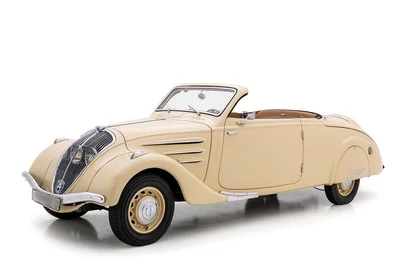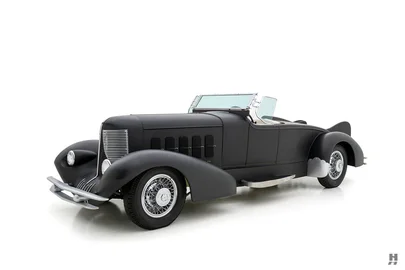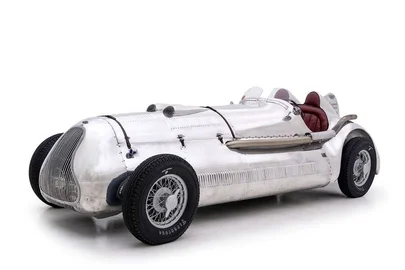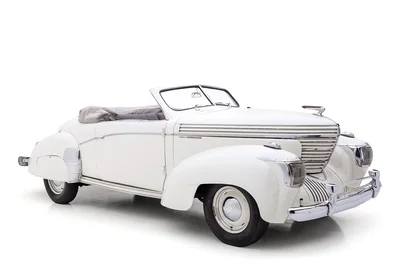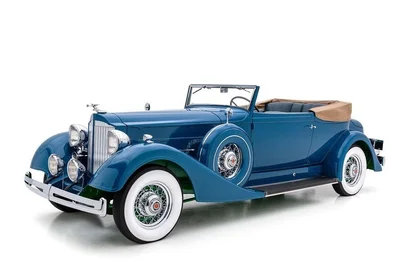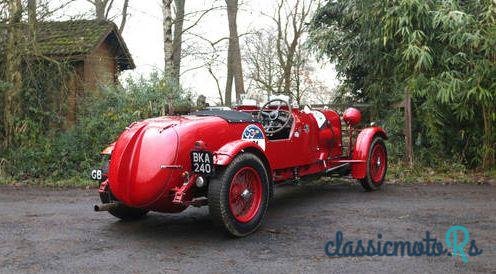
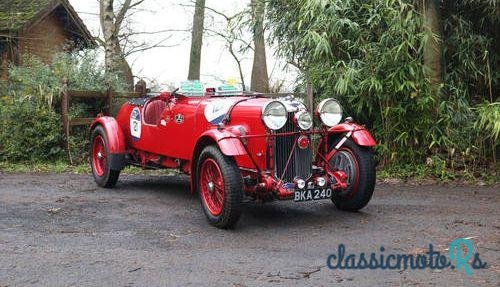
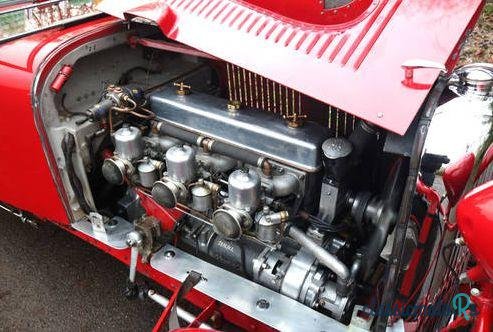
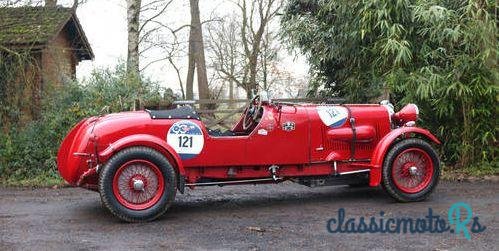
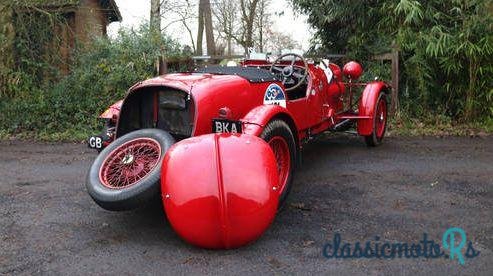
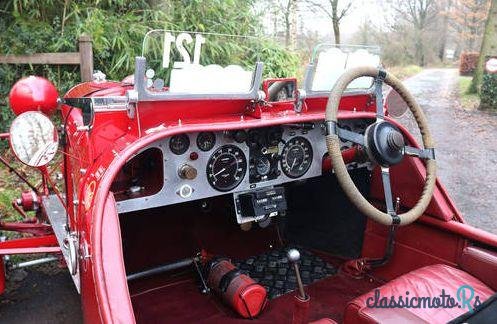
6 fotos
1935' Lagonda M45R Team Car
Reportar este anúncio!Avaliar isso!Adicionar aos favoritos
£300,000Publicado 10 Janeiro 2018ID: H72Ivu
Expirado
7 years, 11 months atrás
7 years, 11 months atrás
Information from the owner
Idade: 83 anos
Cor exterior: Preto
Comentários do vendedor sobre 1935' Lagonda M45R Team Car
In 1933, Lagonda decided to cooperate with Meadows for their new 4.5l powerplant. This 6-cylinder in line engine was the largest so far and was fitted in the all new M45 Lagonda. On the exterior the Tourers looked very much alike the M35 but the much lighter Meadows is effortless fast enough. The new engine became the favourite of many celebrities and racing pilots quite quickly. This potential didn’t get unnoticed by Arthur Fox, one of the legendary race preparation specialists of ‘Fox & Nicholl’. With the regulation of the 1934 RAC international Tourist Trophy in the back of their mind, Fox & Nicholl was able to obtain, via the London based dealer Warwick Wright LTD, three 4.5l black competition chassis with rudimentary wooden dashboards, special springs, batteries, etc. These ‘works chassis’ were 10’3” long (like an M35) instead of the common M45 10’9” length chassis. They were equipped with improved Girling brakes, Luvas hydraulic and Hartford friction dampers, a specially brazed Bischop steering box, a ‘close-ratio’ gearbox and a 3.14:1 ratio in the back axle.
Despite the fact that Invicta used 4.5l Meadows engines for racing, this engine wasn’t designed specifically to race. Determined to make the 6-cylinder even more reliable and more performant , Fox was granted permission to use the test banks at the Lagonda factory to help with the further developments of the engine.
As a result, all three engines who were used in BPK 201, BPK 202, BPK 203 cars had unique crankcases fabricated out of the High tensile RR50 aluminium, bigger diameter crankshaft and enlarged big end oil channels, the redeveloped connecting rods, the high compression ratio and the bigger studs insuring a stronger connection between engine block and head. As precaution, the double SU carburettors were backed up with double SU fuel pumps. Limited to 3600rpm, the strongly modified M45’s achieved 122BHP and plenty of torque.
Full within the TT rules, Fox and his team prepared the cars whole in the later vision of Colin Chapman. The racecars where developed through and through lightweight. Doors were left out, a double cockpit with little (obligatory) seats behind the driver were designed and basic tonneaus fulfilled the role of a rudimentary roof which was also obligatory. The narrow radiator and the fin on the sparewheel cover contributed to the iconic shape. Fully fuelled up, the cars weight 1524kg, 123kgs lighter than the production M45’s despite the enormous 265litre fueltank.
In 1934, Lagonda obtained a fourth place and 2nd in class on the RAC International TT race. Mainly because the Lagonda’s only had to make 1 pitstop. Not bad for a first race and the inspiration grew to tackle the big 24hours race of Le Mans.
For the 1935 Le Mans race, Fox & Nicholl were determined to keep the cars and store them at the Lagonda headquarters in Surry despite the disappointing sales of the promising 1000cc Rapier and the M45 Rapide models. The 30Mph speed limit was taking affect all over the country and the faster models became less attractive. In these dark times, Fox pushed through to enter in the 24hours race, first with one and later with two cars. BPK 202 and BPK 203 were fully equipped with lights, second bonnet strap, extra ventilation holes and bended handbrake handles to the advantage of the famous Le Mans start. Number 4 and 14 were painted on the cars and it promised the be a heroic 24hours race.
Rumours spread that the Lagonda’s now had 140BHP and even more torque. It proved to be the ideal cocktail to beat the mighty Alfa’s on the track. After 24 hours of intensive racing, BPK 202 won the Le Mans 24hours race overall. Lagonda wrote history and Fox & Nicholls reputation was established. With those good vibrations, now investors were found and Alan Good took over the company in 1935. W.O.Bentley and racing team were sourced from Rolls Royce and the company proved strong again, ready to take on the next years.
The M45 Team car (BKA 240, not many numbers apart from the Le Mans cars)has been built by late Peter Wehnman, Lagonda specialist and owner of the equally legendary Vintage Coachworks in Hartley Wintney Hampshire which he co-founded with none other than the late Denis Jenkinson. The car was his personal car, finished in the late 70’s, beginning of the 80’s and constructed on the correct shorter M35R chassis (has not been cut) and fitted with the correct Meadows 4.5litre engine. The car is very detailed and still in wonderful condition. When Peter died, the car was bought from his widow, by one of our customers, to help them. The car quickly changed ownership to another good customer who had it ever since. The car has been driven almost every month in one or another international rally. Never missed a Flying Scotsman edition in the last years and participated in the last two years in the Mille Miglia.
During these last years, the car has been maintained constantly without saving a penny. The complete engine has been redone (now running at approx.220-240BHP with steel crank, special steel connecting rods, high compression pistons, special clutch and flywheel, very rare meadows triple carburettor conversion and a free flow exhaust manifold), the back axle has been done, the Alvis full synchronised gearbox has been rebuild, the springs redone, etc. The car is fully up to date and ready to take on any international rally.
The car has never been available on the market for the last decades and this is your chance to finally own this infamous M45 Team Car! Please drop by and experience why this Lagonda is on almost all of our wish lists!
Despite the fact that Invicta used 4.5l Meadows engines for racing, this engine wasn’t designed specifically to race. Determined to make the 6-cylinder even more reliable and more performant , Fox was granted permission to use the test banks at the Lagonda factory to help with the further developments of the engine.
As a result, all three engines who were used in BPK 201, BPK 202, BPK 203 cars had unique crankcases fabricated out of the High tensile RR50 aluminium, bigger diameter crankshaft and enlarged big end oil channels, the redeveloped connecting rods, the high compression ratio and the bigger studs insuring a stronger connection between engine block and head. As precaution, the double SU carburettors were backed up with double SU fuel pumps. Limited to 3600rpm, the strongly modified M45’s achieved 122BHP and plenty of torque.
Full within the TT rules, Fox and his team prepared the cars whole in the later vision of Colin Chapman. The racecars where developed through and through lightweight. Doors were left out, a double cockpit with little (obligatory) seats behind the driver were designed and basic tonneaus fulfilled the role of a rudimentary roof which was also obligatory. The narrow radiator and the fin on the sparewheel cover contributed to the iconic shape. Fully fuelled up, the cars weight 1524kg, 123kgs lighter than the production M45’s despite the enormous 265litre fueltank.
In 1934, Lagonda obtained a fourth place and 2nd in class on the RAC International TT race. Mainly because the Lagonda’s only had to make 1 pitstop. Not bad for a first race and the inspiration grew to tackle the big 24hours race of Le Mans.
For the 1935 Le Mans race, Fox & Nicholl were determined to keep the cars and store them at the Lagonda headquarters in Surry despite the disappointing sales of the promising 1000cc Rapier and the M45 Rapide models. The 30Mph speed limit was taking affect all over the country and the faster models became less attractive. In these dark times, Fox pushed through to enter in the 24hours race, first with one and later with two cars. BPK 202 and BPK 203 were fully equipped with lights, second bonnet strap, extra ventilation holes and bended handbrake handles to the advantage of the famous Le Mans start. Number 4 and 14 were painted on the cars and it promised the be a heroic 24hours race.
Rumours spread that the Lagonda’s now had 140BHP and even more torque. It proved to be the ideal cocktail to beat the mighty Alfa’s on the track. After 24 hours of intensive racing, BPK 202 won the Le Mans 24hours race overall. Lagonda wrote history and Fox & Nicholls reputation was established. With those good vibrations, now investors were found and Alan Good took over the company in 1935. W.O.Bentley and racing team were sourced from Rolls Royce and the company proved strong again, ready to take on the next years.
The M45 Team car (BKA 240, not many numbers apart from the Le Mans cars)has been built by late Peter Wehnman, Lagonda specialist and owner of the equally legendary Vintage Coachworks in Hartley Wintney Hampshire which he co-founded with none other than the late Denis Jenkinson. The car was his personal car, finished in the late 70’s, beginning of the 80’s and constructed on the correct shorter M35R chassis (has not been cut) and fitted with the correct Meadows 4.5litre engine. The car is very detailed and still in wonderful condition. When Peter died, the car was bought from his widow, by one of our customers, to help them. The car quickly changed ownership to another good customer who had it ever since. The car has been driven almost every month in one or another international rally. Never missed a Flying Scotsman edition in the last years and participated in the last two years in the Mille Miglia.
During these last years, the car has been maintained constantly without saving a penny. The complete engine has been redone (now running at approx.220-240BHP with steel crank, special steel connecting rods, high compression pistons, special clutch and flywheel, very rare meadows triple carburettor conversion and a free flow exhaust manifold), the back axle has been done, the Alvis full synchronised gearbox has been rebuild, the springs redone, etc. The car is fully up to date and ready to take on any international rally.
The car has never been available on the market for the last decades and this is your chance to finally own this infamous M45 Team Car! Please drop by and experience why this Lagonda is on almost all of our wish lists!
